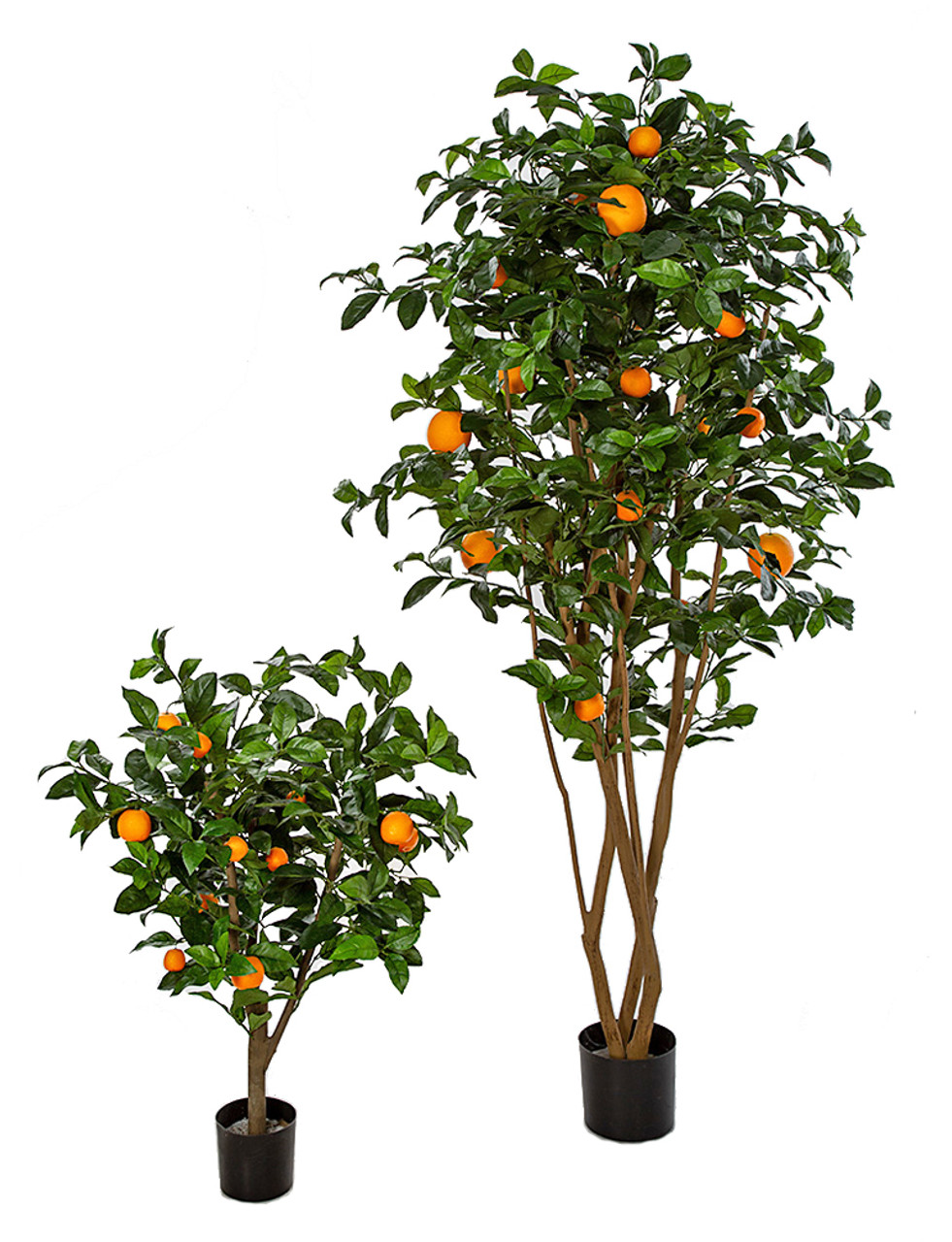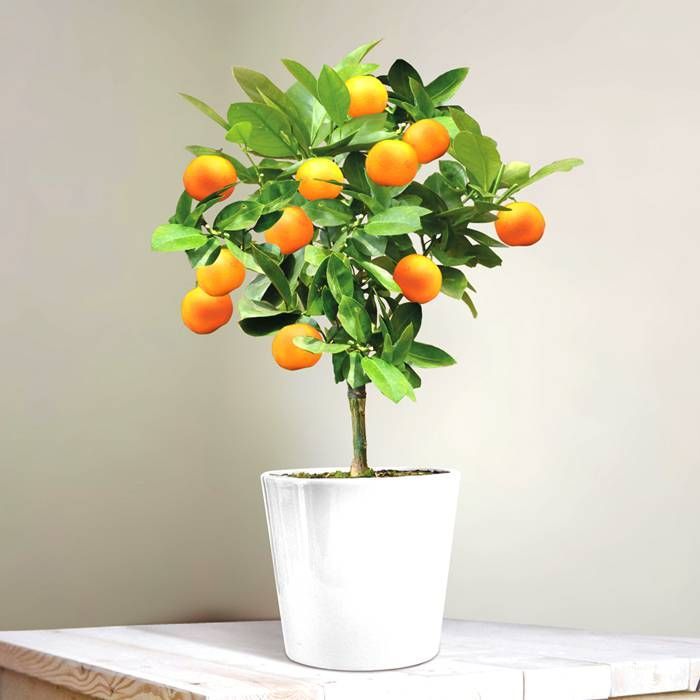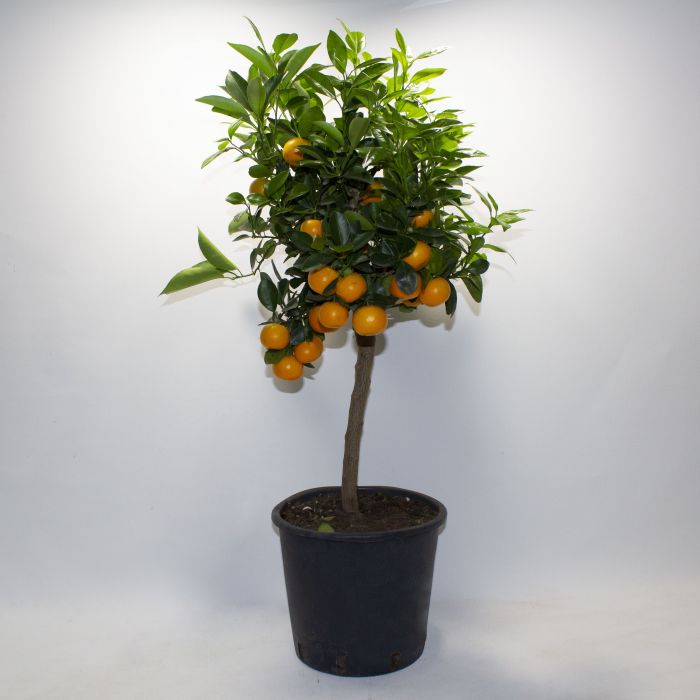When it comes to adding a splash of color and life to your home or garden, few plants can rival the striking decorative orange tree. With their vibrant fruit, glossy leaves, and delightful fragrance, these trees not only enhance your space but also provide a sense of tranquility and joy. In this comprehensive guide, we will explore everything you need to know about decorative orange trees, from choosing the right variety to proper care and maintenance.
What is a Decorative Orange Tree?
A decorative orange tree, also known as a miniature orange tree, is a smaller variety of citrus tree that produces small oranges, making them perfect for indoor or small outdoor spaces. Unlike standard orange trees, these varieties are bred to be compact, making them suitable for pots, containers, or smaller garden plots.
Types of Decorative Orange Trees
There are several types of decorative orange trees to choose from. Here are some of the most popular varieties:
- Calamondin Orange – Known for its small, sour fruits and fragrant flowers, ideal for indoor cultivation.
- Mandarin Orange – A sweet variety that is easy to grow and has beautiful foliage.
- Owari Satsuma – A seedless, sweet fruit that peels easily; perfect for beginners.
- Improved Meyer Lemon – Though technically a lemon, its sweet flavor and ornamental appeal make it popular among orange tree lovers.
Comparison of Popular Decorative Orange Trees
| Variety | Fruit Size | Taste | Growth Habit | Best Use |
|---|---|---|---|---|
| Calamondin Orange | Small | Sour | Compact | Ornamental, Culinary |
| Mandarin Orange | Medium | Sweet | Bushy | Eating, Decorative |
| Owari Satsuma | Medium | Very Sweet | Round | Eating, Gift |
| Improved Meyer Lemon | Medium | Sweet & Tart | Compact | Cooking, Indoor |
Why Grow Decorative Orange Trees?
There are numerous reasons to consider growing decorative orange trees in your home or garden:
1. Aesthetic Appeal
The vibrant colors of oranges against the shiny green leaves create an eye-catching display in any setting. Whether indoors or outdoors, they add a unique touch to your space.

2. Fragrance
The sweet, citrus scent of orange blossoms is intoxicating and can enhance the atmosphere of your home or garden.
3. Fresh Fruit
Nothing is more rewarding than picking fresh fruit from your own tree. The fruits can be used for cooking, baking, or enjoyed fresh.

4. Easy to Grow
Many decorative orange trees are designed for ease of care, making them great for beginners and those without a green thumb.
How to Choose the Right Decorative Orange Tree for Your Space
Selecting the appropriate tree for your home or garden depends on various factors, including the available space, climate, and your personal preferences.

1. Space Considerations
Consider how much space you have. If you’re limited to a small apartment, a dwarf variety like the Calamondin may be your best choice. For larger gardens, you can opt for larger, bushier varieties.
2. Climate and Sunlight
Most decorative orange trees thrive in full sunlight. Be sure to research the varieties that are best suited for your climate. Some trees are more tolerant of colder temperatures than others.

3. Purpose
Are you looking for ornamental appeal, fresh fruit, or a combination of both? Understanding your goals can help guide your selection process.
Planting Your Decorative Orange Tree
After selecting the right variety, the next step is planting. Here’s how to ensure successful growth:

1. Choosing the Right Pot
If you’re planting indoors, select a pot with drainage holes to prevent waterlogging. Decorative pots can enhance the aesthetic appeal, but function should remain a priority.
2. Soil Requirements
Citrus trees prefer slightly acidic to neutral soil with good drainage. A potting mix designed for citrus or a combination of potting soil and sand works well.

3. Planting Process
- Fill the pot with soil, leaving space for the root ball.
- Gently remove the tree from its original pot and loosen any tightly bound roots.
- Place the tree in the new pot and fill in around the roots with soil.
- Water thoroughly, ensuring the soil is moist but not soggy.
Care and Maintenance of Decorative Orange Trees
Once your tree is planted, proper care is crucial for its health and productivity.

1. Watering
Citrus trees require consistent moisture without becoming waterlogged. Water when the top inch of soil feels dry. During the growing season, increase watering, especially on hot days.
2. Fertilizing
Use a balanced fertilizer designed for citrus trees, applying it every few months during the growing season to support healthy growth and fruit production.
3. Pruning
Regular pruning helps maintain the shape and health of the tree. Remove any dead or diseased branches, and thin out excess growth to encourage airflow.
4. Pest Control
Be on the lookout for pests such as aphids and spider mites. Organic insecticidal soap can be effective, or consider introducing beneficial insects like ladybugs.
Common Problems and Solutions
Even with the best care, you may encounter some issues. Here’s how to deal with common problems:
1. Leaf Dropping
Causes
This could be due to stress from overwatering, underwatering, or drastic temperature changes.
Solution
Assess your watering routine and ensure the tree is in a stable environment.
2. Poor Fruit Production
Causes
This can happen due to inadequate sunlight, improper fertilization, or pest infestations.
Solution
Ensure your tree receives at least 6-8 hours of sunlight daily and adjust your fertilization schedule.
FAQs about Decorative Orange Trees
1. Can decorative orange trees produce fruit indoors?
Yes, many varieties can produce fruit indoors as long as they receive adequate sunlight and care.
2. How often should I water my decorative orange tree?
Water the tree when the top inch of soil is dry; frequency will depend on environmental conditions.
3. Are decorative orange trees safe for pets?
While citrus fruits are not toxic to pets, the plants can cause mild gastrointestinal upset if ingested.
4. What is the best fertilizer for orange trees?
A balanced citrus fertilizer with a ratio of 6-6-6 or 8-8-8 is ideal for promoting healthy growth.
5. Do decorative orange trees lose their leaves in winter?
Some degree of leaf drop can occur in winter, especially if the tree is stressed by cold temperatures or low light.
Conclusion
Decorative orange trees bring a unique charm and vitality to any setting. With their vibrant fruits, delightful fragrance, and manageable care requirements, they are a wonderful addition for both seasoned plant lovers and newcomers alike. By understanding the types, proper planting, care, and troubleshooting, you can cultivate a beautiful and productive tree that will bring joy for years to come.
So whether you have a spacious garden or a cozy apartment, consider adding a decorative orange tree to your living space and enjoy the many benefits they have to offer!